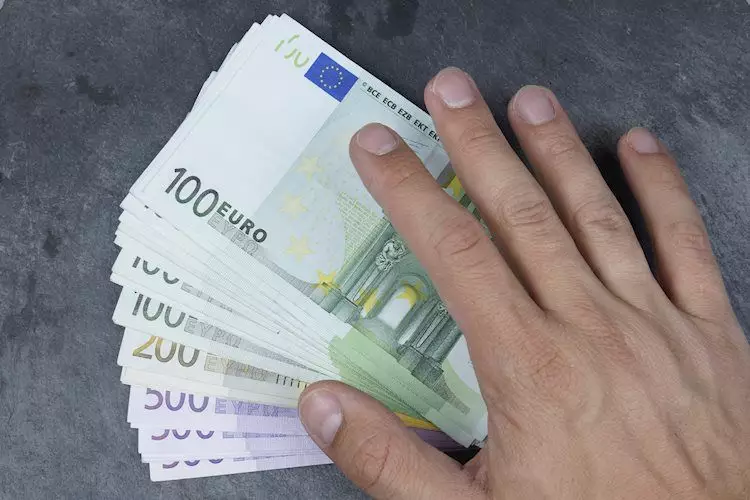EUR/USD has seen an increase up to 1.0895 in Monday’s early Asian session, showcasing a 0.12% rise on the day. This surge comes as the US Dollar faces a decline, providing some support for the major pair. The German Retail Sales for May are expected later in the day, as well as the US Chicago Fed National Activity Index for June. The rising bets on a Federal Reserve rate cut in September and the fragility of the US labor market are contributing to selling pressure on the Greenback.
New York Federal Reserve President John Williams recently stated that an interest rate cut may be warranted in the coming months, although not at the July policy meeting. The Fed’s current stance is reflected in the probability of a rate cut at less than 5% for July and a more significant cut expected in September.
The European Central Bank (ECB) recently held its policy decision, keeping interest rates unchanged. ECB President Christine Lagarde refrained from committing to a pre-defined rate-cut path, emphasizing the ECB’s need to keep rates high. Despite the disinflationary track Eurozone is on, the ECB remains data-dependent, with markets pricing in a 65% chance of a rate cut in September.
EUR is the currency used in the 20 European Union countries that are part of the Eurozone, making it the second most traded currency globally after the US Dollar. With a daily turnover of over $2.2 trillion in transactions, EUR/USD is the most heavily traded currency pair in the world. The European Central Bank (ECB), headquartered in Frankfurt, Germany, plays a crucial role in setting interest rates and managing monetary policy for the Eurozone.
The ECB’s mandate of maintaining price stability and controlling inflation or stimulating growth shapes its monetary policy decisions. Key economic indicators like Eurozone inflation data, GDP, Manufacturing and Services PMIs, and trade balance can influence the Euro’s performance. Strong economic data attracts more foreign investment, potentially leading to a rise in interest rates, which in turn strengthens the Euro.
The Eurozone’s Trade Balance, which measures the difference between exports and imports, plays a vital role in the Euro’s value. Highly sought-after exports increase demand for a country’s currency, boosting its value. A positive net Trade Balance strengthens the currency, while a negative balance can weaken it.
The decisions and actions of both the Federal Reserve and the European Central Bank have a substantial impact on the EUR/USD pair. While the Fed’s cautious approach to rate cuts may lead to a stronger Dollar, the ECB’s data-dependent policy stance could provide stability for the Euro in the near term. Keeping a close eye on economic indicators and central bank decisions is essential for traders and investors looking to navigate the fluctuations in the EUR/USD exchange rate.

